Success Doesn't Reward A Lack Of Effort
- By Adam Gosling
- August 19, 2021
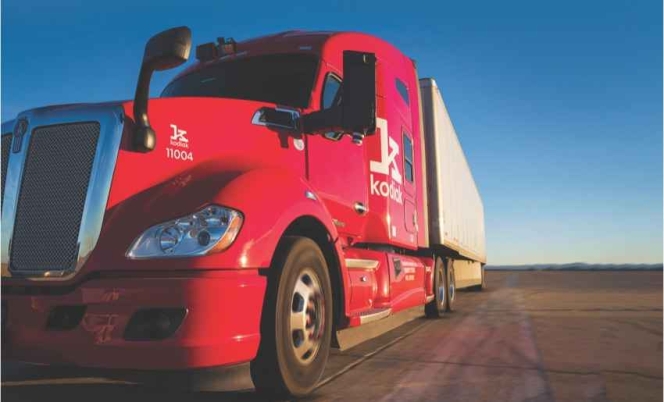
When we consider the examples provided by various leaders around the globe where Covid-19 is considered, the outcomes can be binary; either the decision has worked out well, or the disaster is still arising.
So in considering a truck pulling a trailer, the trailer has to follow the lead of the prime mover, BUT in this case, the trailer bears substantial influence upon the direction the prime mover is travelling.
In order to stay on course, the driver of a truck and trailer combination is usually required to provide continuous inputs to the steering. The question of why such inputs are needed is not easily answered if the trailing units are actually appropriately aligned. More often than not, this is not the case. Trailing unit misalignment is the greatest cause of rash drive, influences tyre wear, increases fuel burn and decreases wheel end life, ergo increasing the operating costs.
Instead of rolling over the pavement, the tyres are actually scuffing and being dragged over the running surface. If the axles of the trailing unit are not ‘aligned’ to the appropriate settings, it will pull the tractor off course. Appropriate settings are usually tighter than the broad specification manufacturers suggest (and truck OEMs don’t really care much about trailers).
One transport company was unpleased with the tyre performance it was achieving. The company was looking for efficiencies in its operations, so it engaged TyreSafe Australia to assist.
After inspecting the scrap tyre heaps, it was determined that there was a good prospect of improving the bottom line by a good number of percentage points.
The process of having all the tyres rolling in exactly the same direction was paramount.
Once inflation pressures were brought under control using real-time tyre monitoring systems (TPMS) broadcasting tyre pressure data back to base, several issues were identified by examining how the tyres reacted during the operations.
Topics such as axle camber, wheel bearing preload are all under the old bogey of ‘wheel alignment’ and so were examined along with the actual axle alignment and wheel (tyre assembly) balance. Adjustments were made, tuning the trailers sometimes fraction by fraction.
The first noticeable effect was comments from the drivers such as “we don’t know we’ve got three trailers, this thing steers like a car”, “I can relax and just monitor the drive; I’m no longer fighting the steering wheel trying to keep the rig on the road” and “at the end of my 12-hour shift, I’m feeling fresh, my arms aren’t sore from constantly working the wheel to keep heading where I want to go not where the truck wanted to go” – giving indications that the project was bearing fruit.
All the tyres from the pilot rig were now evidencing evenly shared workloads; the operating pressures were within the acceptable range for all tyres on each axle group. The end-of-life tyres no longer exhibited strange wear patterns; they all were wearing evenly and smoothly, tread consumption was impressive. The projected tyre life increased by a double-digit number according to change out frequency reduction. The most impressive return was from fuel burn rates.
Being a triple trailer unit, a lead trailer followed by two dolly/trailer tri-axle combinations, the fuel burn rate was always going to be high. Starting from a 1.45 km/litre base, the pressures/alignment project presented figures of 1.85 km/litre, a 27 percent improvement. Considering the annual travel was some 250,000 km, the savings were substantial, to say the least.
Add extended wheel end life, reduction of driver fatigue and the tyre life is extended by 10 percent plus the return on the investment is remarkable.
The alignment of the trailing units directly influences the performance of the entire rig. Having tyres wearing evenly means tyre rotations over different axles became a matter of routine periodic maintenance, not a desperate attempt to salvage a few more millimetres of tread before throwing a large percentage of usable rubber away.
Quite often, operators only care about the tractor. For some pulling client trailers, there is little option. They have to pass the costs on to the client when the contract is signed knowing full well that tyre wear is going to be higher than it should be, fuel burn is going to be higher than it needs to be and the potential for a loss of control event is higher than it needs to be.
Observing tyre pressures in real-time now provides opportunities to examine the underlying reasons why the tyres are reacting the way they are. Agreed road conditions are always a challenge, but all tyres on the rig suffer those consequences one way or the other. It is why the tyres react the way they do is what we are interested in.
Having a software database system that can compare real-time inflation pressures from different axles and positions will reveal insights that are usually just dismissed in the scrapyard as ‘that’s life’. Sorry, I am not going to accept observing tread packages that are not evenly worn across the face and around the circumference as being normal. If the leadership provided does not yield success, then question the status quo, is this true leadership or just profit burning?
Dog tracking is not a unique concept. The head end may be pointing in a different direction to the back end, both ends scuffing the surface to achieve the intended direction of travel. I’m sure many of you have followed a trailer going in a different direction than the tractor.
Why are transport operators continuing to consider tyres as consumables when in fact, they are diminishing assets? This is not semantics or wordplay. When tyres are viewed holistically, the return from the asset group (the truck and trailers) can be improved substantially.
Any transport organisation is in business to generate a profit, which surely is the reason for the business venture, is it not? If the profits will be thrown away because of a lack of direction or leadership, is that not akin to a trailer pulling the tractor offline, what I call dog tracking?
Quality tyres wear according to what they experience. Being pulled offline is the fastest way to burn tread rubber; ignoring inflation pressures is the fastest way to burn the casing’s potential. Despite what is said around the scrapyard, actually maximising the return of your tyre investments is not rocket science, diligence and dedication are required.
Success doesn’t reward a lack of effort. (TT)
- Yokohama Rubber
- GEOLANDAR X-AT
- All-Terrain Tyres
- Racing Tyres
- FIA Extreme H World Cup
- Hydrogen-Powered Motorsport
Yokohama Rubber To Power FIA Extreme H World Cup With GEOLANDAR Tyres
- By TT News
- September 12, 2025

The Yokohama Rubber Co., Ltd. has been selected as the official tyre supplier for the groundbreaking FIA Extreme H World Cup, the world's first hydrogen-powered motorsport series. The company will supply its GEOLANDAR brand of tyres for the championship, which is scheduled to commence next month in Saudi Arabia. The company will also continue to supply GEOLANDAR tyres for the Extreme E off-road electric vehicle series, which holds its final event on 4–5 October in Saudi Arabia.
Central to both the Extreme H and Extreme E series is a shared mission to advance sustainability and equality. The championships serve as dynamic platforms to promote environmental awareness and demonstrate cutting-edge technologies while also enforcing a strict mandate for gender parity by requiring each team to field one male and one female driver. The Extreme H series will feature eight international teams operating the Pioneer 25, a cutting-edge hydrogen fuel cell vehicle capable of generating 550 horsepower and accelerating from 0 to 100 kmph in 4.5 seconds. The global significance of this new championship is expected to draw a worldwide television audience across multiple continents.
As the predecessor to Extreme H, the Extreme E series utilised the high-performance all-electric Odyssey 21 vehicle. All teams competing in the new hydrogen series will also participate in this final Extreme E event, marking the conclusion of the electric championship as it transitions towards a hydrogen future.
In alignment with the environmental principles of these series, Yokohama Rubber will provide a specially developed prototype tyre based on its GEOLANDAR X-AT model. This tyre has been engineered with a significantly increased ratio of sustainable materials, comprising 38 percent renewable and recycled content. It has also been fortified with enhanced durability characteristics to withstand the unique demands of heavy hydrogen-powered and electric off-road racing vehicles.
Hankook Tire Unveils Future Mobility Innovations At 'Design Innovation Day 2025'
- By TT News
- September 12, 2025
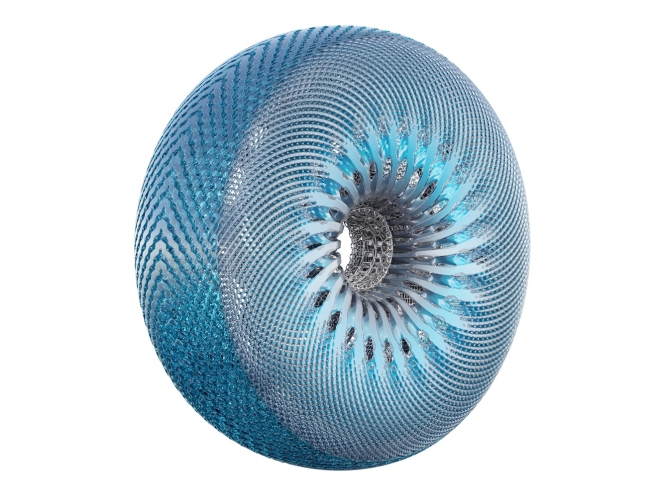
Hankook Tire is advancing its future mobility leadership through strategic open innovation and collaborative design projects. This effort was showcased at the company’s recent Design Innovation Day 2025, held at its Pangyo Technoplex headquarters. The event serves as a platform to present new solutions integrating sustainability, innovation and design while reinforcing partnerships with global technology leaders.
A major focus was the unveiling of two key outcomes from Hankook’s ongoing Design Innovation Project. The first was ‘Sustainable Concept Tyre’, an embodiment of the company’s ESG vision. Developed using advanced 3D printing technology, it is constructed from renewable and recycled materials. Its distinctive organic design was realised in collaboration with Harvestance using specialised engineering software.
The second reveal was the WheelBot 2, a multi-directional mobility platform developed with robotics startup CALMANTECH. This advanced robotic wheel system, equipped with tri-axial spherical tyres, demonstrates new possibilities for movement. Its potential was illustrated through a live demonstration of the PathCruizer, a two-seater pod concept powered by the WheelBot technology.
Beyond product reveals, the event highlighted Hankook’s commitment to knowledge sharing, featuring a presentation on 3D printing advancements from LG Electronics. These collaborations are central to Hankook’s strategy of strengthening its technology leadership. Since 2012, the company has partnered with world-renowned design universities and technology firms, consistently earning prestigious international design awards and solidifying the premium stature of its global brand.
CEAT Cuts Tyre Prices Across Portfolio Following GST Rate Reduction
- By TT News
- September 12, 2025
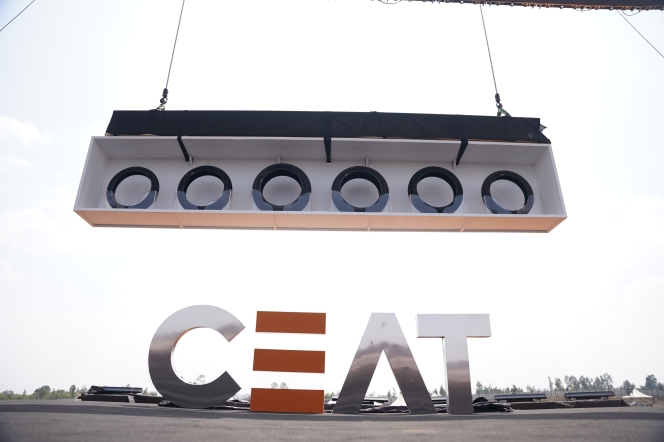
Indian tyre maker to pass full benefit of tax cuts to customers from 22 September
CEAT Limited said on Thursday it would reduce prices across its entire tyre range following the Indian government’s decision to cut goods and services tax (GST) rates on tyres, with the full benefit being passed on to customers.
The Mumbai-based tyre manufacturer said new prices would take effect from 22 September, covering commercial, agricultural, passenger vehicle and two-wheeler segments.
India’s 56th GST Council meeting approved significant reductions in tax rates for the tyre industry. GST on new pneumatic tyres was cut to 18% from 28%, whilst tractor tyres and tubes will attract a reduced rate of 5%.
“We thank the Government of India and the GST Council for their timely and progressive decision to rationalise tax rates in the tyre sector,” said Arnab Banerjee, Managing Director & CEO of CEAT Limited.
“The reduced GST slabs will greatly benefit the tyre industry and consumers alike. Not only will it lower the cost of owning and operating a vehicle for customers across various segments, but by making tyres more affordable to replace, it will also make our roads safer.”
Banerjee added the move would “spur formalisation and greater compliance, while also fostering sustainable growth in the sector.”
The GST rate cuts represent a significant policy shift for India’s automotive sector, where high taxation has been a longstanding concern for manufacturers and consumers.
Yokohama Rubber Recognised As ‘DX Certified Business Operator’ By Japan’s METI
- By TT News
- September 12, 2025
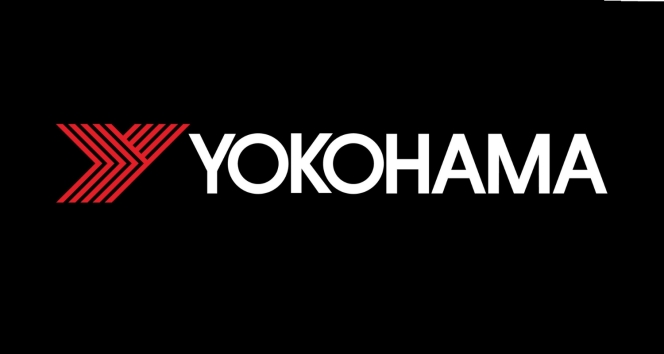
The Yokohama Rubber Co., Ltd. has been officially recognised as a DX Certified Business Operator by Japan's Ministry of Economy, Trade and Industry (METI). The designation, which was granted on 1 September 2025, identifies companies that are thoroughly prepared for digital transformation as outlined by the Digital Governance Code.
This certification acknowledges Yokohama Rubber's comprehensive strategy for digital transformation, which is built on three core objectives: advancing business strategy, contributing to sustainability and reinforcing its IT infrastructure. Central to this effort is the company's proprietary AI framework, HAICoLab (Humans and AI ColLaborate), which drives group-wide digital initiatives. These include improving productivity, innovating processes, developing digital talent and building a global cloud-based IT system. The certification confirms that the company's efforts not only meet METI's stringent criteria but also demonstrate appropriate disclosure of information to its stakeholders.
Moving forward, the company said it will continue to leverage data from its entire value chain to adapt to a dynamic business environment. The company aims to enhance customer value, pursue sustainable innovation and transform its corporate culture to strengthen its competitive position and ensure long-term growth.



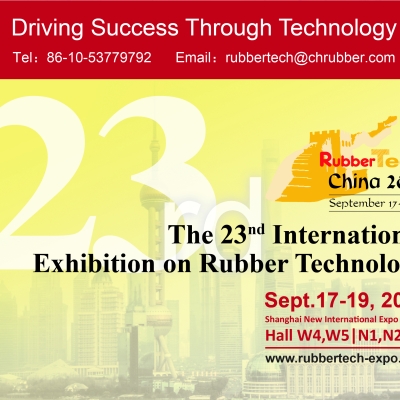


Comments (0)
ADD COMMENT